Freedom to Roam: The Benefits of Unstructured Play
How creative, child-led play can support kids
JUN 30, 2022
Freedom to Roam: The Benefits of Unstructured Play
How creative, child-led play can support kids
Giving children the freedom to roam can be scary: What if they get hurt or lost? What if other kids or adults harm them? Every parent experiences these fears, knowing what is best for their child.
Once you have assessed the risks, encourage kids to roam within the boundaries you are comfortable with.
Children need age-appropriate opportunities to explore and have unstructured playtime. Read on to discover what this means, why it’s important, and how your family can approach this independence with safety in mind.
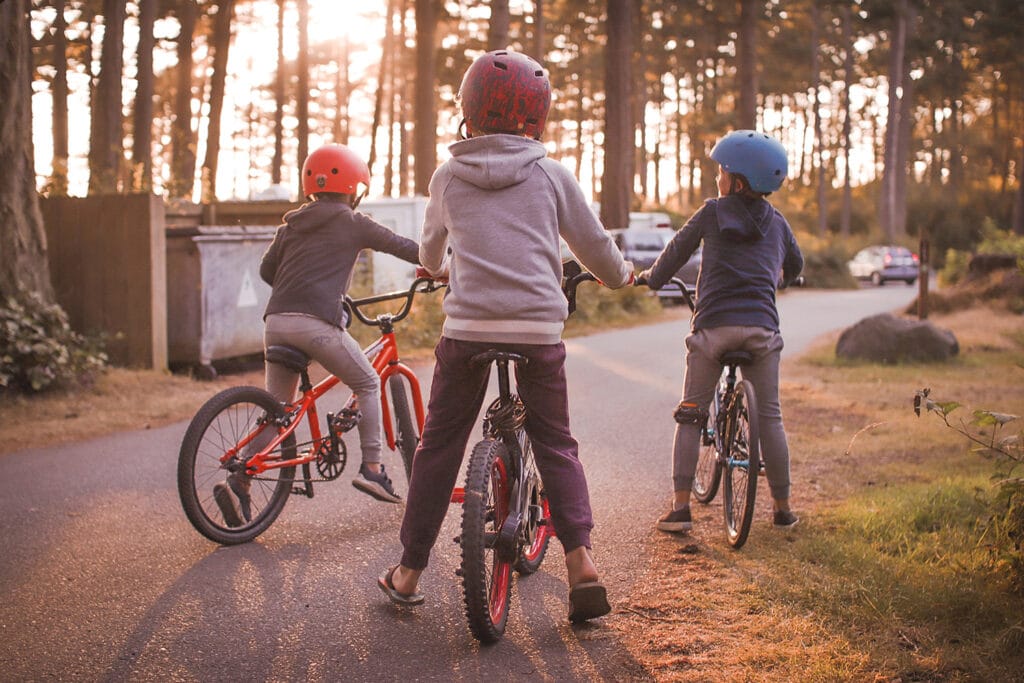
What is Independent Play?
When children have the freedom to explore their neighborhood safely, scientists and researchers call these experiences childhood independent mobility. This movement is crucial to social, emotional, and physical well-being. 9
Ideas to Encourage Exploration
Disclaimer: The views and suggestions expressed herein belong to the content creators and not the organization, its affiliates, or employees. Parents know what is safe for their children.

What is Unstructured Play?
Unstructured play, often called free play, is child-led time. Adults, caregivers, or older kids do not organize or control unstructured play. It is powered by the children and serves one purpose—having fun.
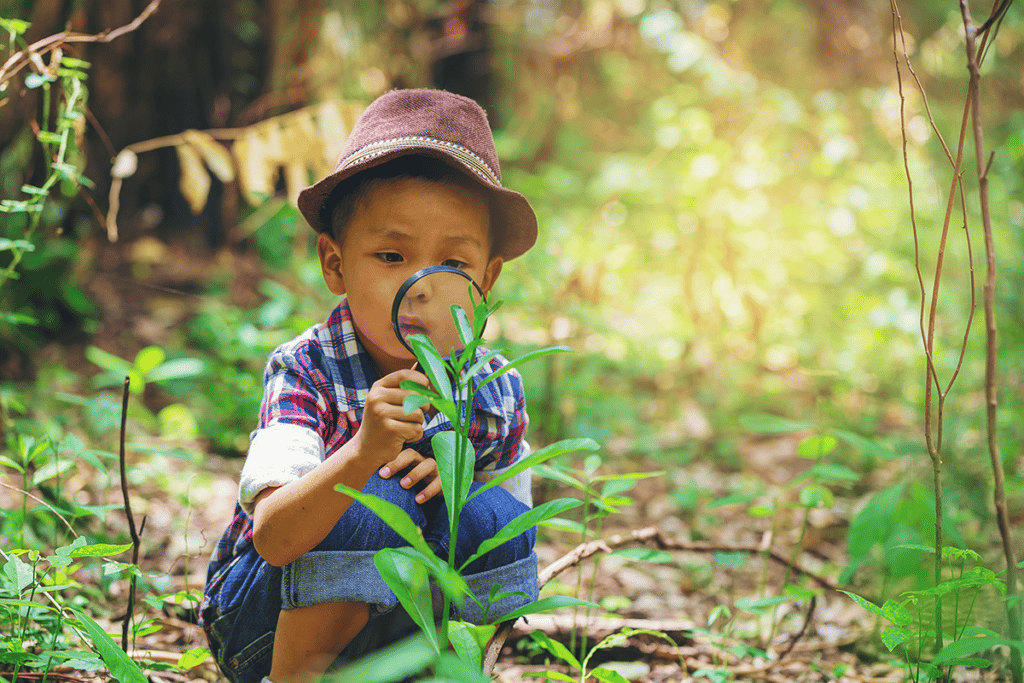
Benefits of Unstructured Play
Unstructured play is important because it teaches children important life skills, encourages problem-solving, and promotes healthy development.
Children with more freedom to roam and play consistently get more daily physical activity, have greater motor skills, and are less at risk for obesity.
These kids tend to have better social skills, show more self-confidence, feel more comfortable in social interactions, report less anxiety, have fewer feelings of loneliness, and experience many other benefits. 5
This type of play is creative and encourages children to dream, build, and become.
Structured and unstructured play
While structured and unstructured play are both important and fun forms of play, they have a few core differences.
Roaming and Unstructured Play
Roaming is a significant part of unstructured play. The freedom to wander and explore expands opportunities for play and discovery.
Self-directed play is not only a natural desire young children have; it is a crucial part of healthy child development and yields many physical, social, and emotional benefits. 5
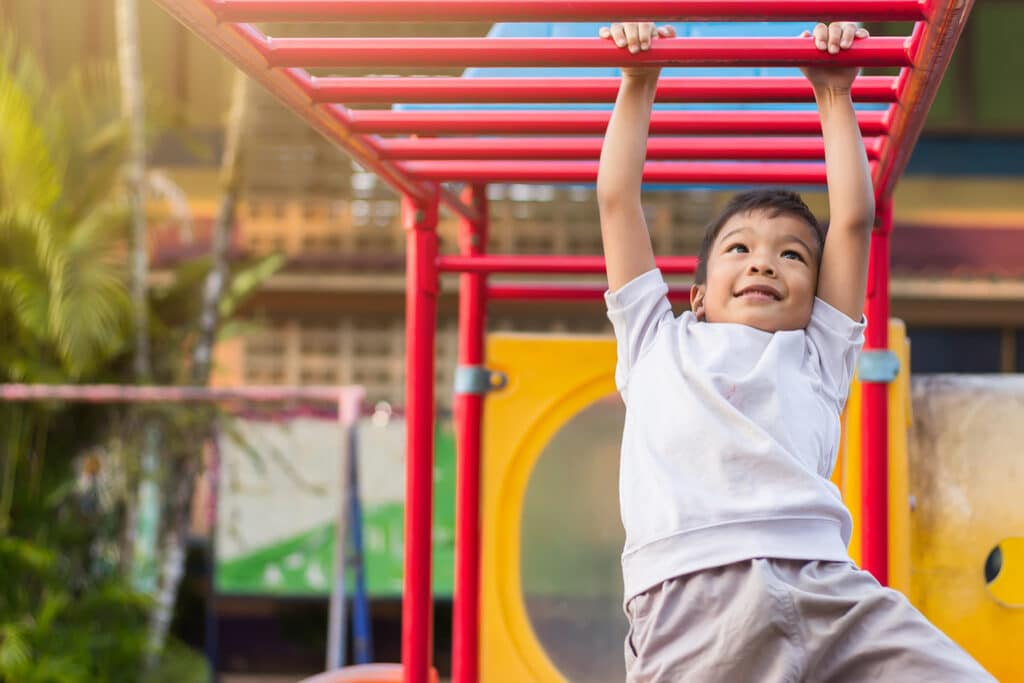
Declines in Roaming
Most parents recognize the value of roaming and unstructured children’s play. 3 In the meantime, children spend significantly less time with these activities.
As children, 71% of adults played in their neighborhoods daily, but just 21% of kids could say the same today. 6
(Qiu & Zhu, 2021)
Research points to several reasons for this trend but suggests that parental concern for child safety is the most common factor. Fears about bullies, strangers, and traffic were the most common. 2
Misconceptions about roaming
It is natural for parents to be concerned about their children’s well-being. Additionally, parents are responsible for setting boundaries for their children’s safety, which is no easy task.
Unfortunately, misinformation can lead caregivers to overestimate dangers and create restrictions that might hinder children from exploring.
Due to these constraints, young children are more likely to roam digital landscapes instead of physical spaces. And digital landscapes often present more dangers to children than physical ones.
For example, in 2020, the National Center for Missing and Exploited Children received 37,872 online enticement records compared to 600 attempted abduction reports.
In other words, independent play outside may be discouraged, putting children in danger if they spend more time exploring the digital world.
Still, parents are the absolute authority when determining if allowing children to roam is safe. If a home is not situated in an environment where this is possible, a safe park or areas outside the city can be an alternative.

Tips for Concerned Parents
LetGrow invites parents to remember, “Simple precautions, not constant supervision, protect children from injury.” While no measure can guarantee complete safety, parents can feel more at ease when they follow basic guidelines like the ones below.
Get to know your neighbors
By many indicators, the world is safer today than it was 20, 30, or even 70 years ago, yet many parents feel it is more dangerous. One major reason is that people don’t feel as connected to their communities as they used to. 3
When today’s parents and grandparents grew up, everyone seemed to know everyone. Back then, parents could count on their neighbors and friends to look out for their children.
Despite this idealized view of the past, the facts show that community perceptions affect parental anxiety. 6 Getting to know and establishing a relationship with your neighbors may give you greater peace of mind when letting your children roam.
Block parties, time on front porches, and a pick-up street hockey game are great ways to build friendships with those around us.

Set clear boundaries
Give your child space to explore, but show them where the limits are. These limits can be spatial (don’t go past the stop sign at the end of the street), but there are other kinds of boundaries you can put in place.
Let them know how far they can wander. Consider watching from the corner, porch, or window while they test out their independence. As the tiny tots mature, you can send them to the next aisle at the market and have them choose a cereal.
If you feel it is time, there are great watch options that provide GPS location tracking and alert your phone if they leave the safe zone.
Prepare kids to explore
Parents can teach and help their kids practice various skills to prepare them for when it’s time to play. Educating about how to make friends with other kids, what to do if they get lost, how to cross the street safely, and how to establish personal boundaries can go a long way.
Take advantage of safe tech
GPS-enabled basic phones and watches can give parents peace of mind while letting their children explore safe places. Parents can use these digital tools to know where their children are without being physically present.
Look for trackers that allow young children to send messages to their parents if they need help or want to check-in.

Examples of Unstructured Play
Consider these fun, safe activities to encourage unstructured play in your family.
- Arts and crafts: Give kids some pipe cleaners, yarn, popsicle sticks, or even simple crayons and construction paper and let them create.
- Cardboard box fort: Grab some cardboard boxes and paper towel roll cores and let your kids build a castle, spaceship, or whatever else they can come up with.
- Sidewalk chalk: If you have a driveway or a sidewalk in front of your house that isn’t heavily trafficked, let them practice being Picasso and create some chalk art.
- Water games: Some of the best unstructured play happens with the simplest of objects. Set your kids loose in the yard with bowls of water, measuring cups, and sponges of different sizes and watch them have a blast.
- Blowing bubbles: Purchase some bubbles at the store or find a recipe online to make your own.
- Play house: Make-believe games like house or dress-up are great ways for kids to use their imagination and explore their worlds.
Conclusion
As parents, we don’t have to choose between affording our children the benefits of unstructured play or keeping them safe. With precautions and relying on our experience, we can have both.
The dangers of unstructured digital play are risky, even though it often occurs while kids are at home.











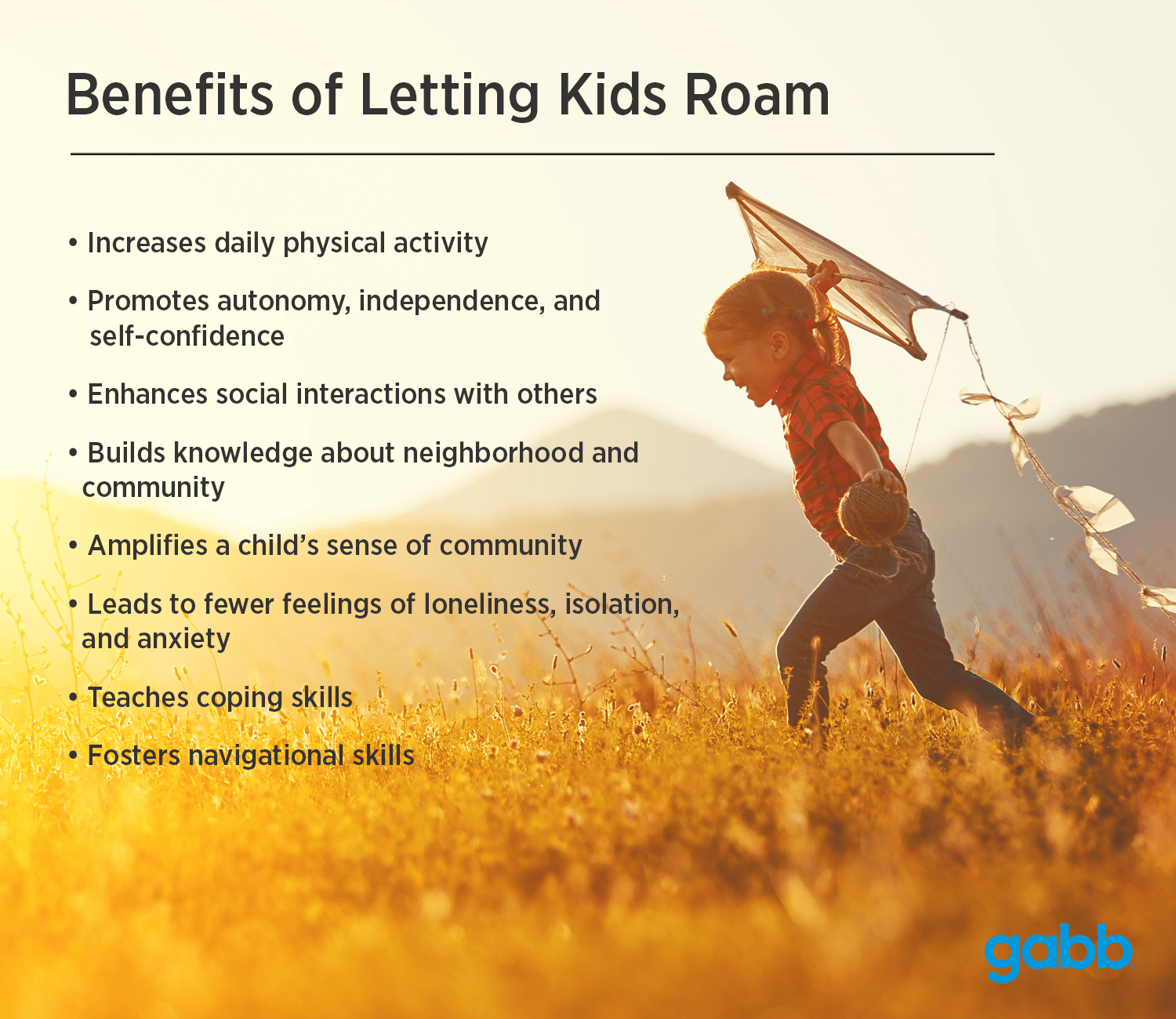
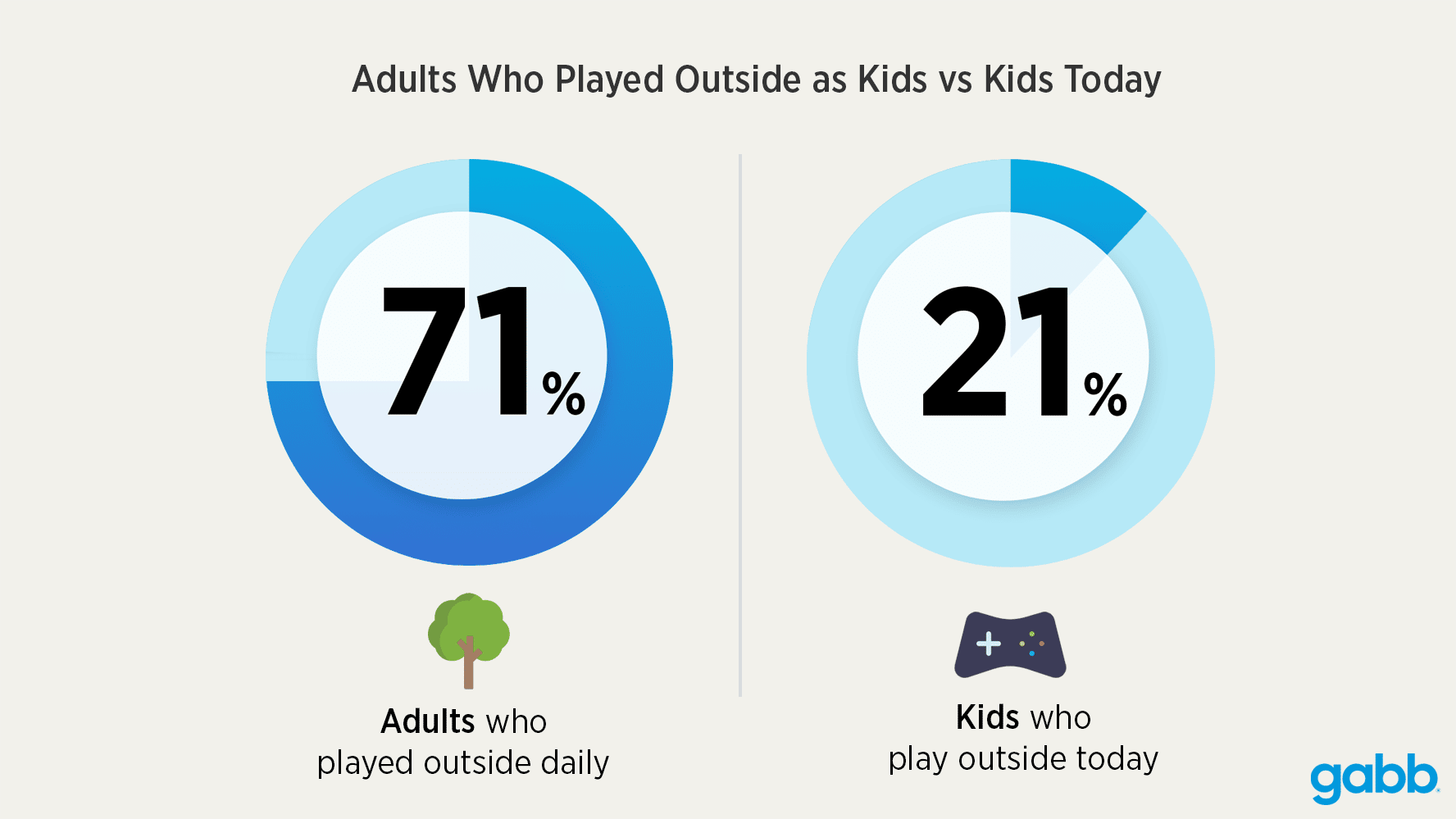
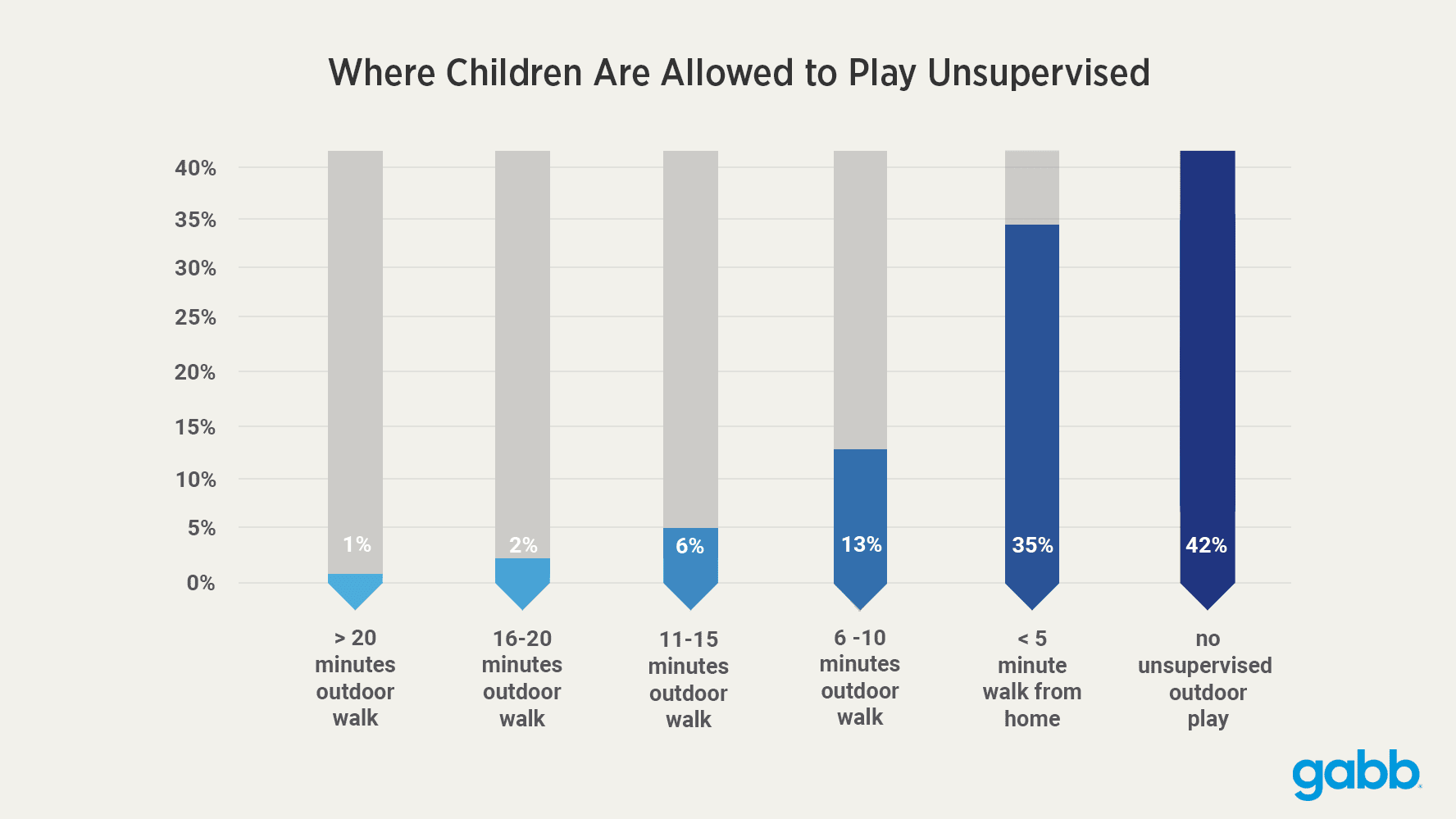


Success!
Your comment has been submitted for review! We will notify you when it has been approved and posted!
Thank you!